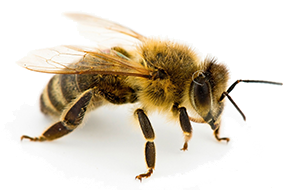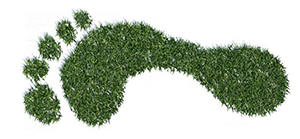
Bio Diversity
Component selection and the function of the evolved selection using local or site materials. These form key areas of system diversity whilst adhering to BREEAM requirements on vegetation and BAPs species identification. Plant selection following local ecological guidelines ensure maximum species diversity, encouraging and maintaining micro populations of pollinating insects, bats, butterflies and bird species
- Measurement of species diversity
- Use of local and site material
- Adherence to BAPs
- Focal species development
- Minimal aftercare

Sustainability
Component selection dictates the amount of intervention a system requires. Every attempt is made to construct a system that is as sustainable as possible, both from environmental impact and plant material function. The regional and site selection of components guarantee minimal transport miles ensuring product has limited impact on the environment
- Measurement of the systems self-management profile
- System practicality
- Species suitability
- Minimal intervention

Ecological (pollen, nectar allowance)
Plant selection takes into consideration a need for varied pollen and nectar bearing species that are available for long periods of the season. Pollen provision will help to establish a range of insects and wildlife. Plant selection will follow site and ecological recommendations.
- Measurement of seasonal flowering
- Suitability for foraging insects
- Suitable species diversity

Environmental
A system is assessed on its ability to flourish under local environmental pressure, it is also measured on its water management capacity and the effect on the local environment of its function, aesthetic and blending. Living roofs can significantly reduce inner city temperature peaks by cooling surrounding buildings lowering local temperatures through evapotranspiration and amelioration.
- Self-maintenance profile
- Environmental impact
- Ecological profile
- Performance

Habitat Creation
Increasing and improving habitats for a range of insects, birds, bats, butterflies, pollinators, invertebrates and small mammals. Utilization of site or locally sourced natural products, non-vegetative areas, stone and seasoned log habitat piles to benefit the generation of sustainable urban populations and to maintain local eco systems.
- Measured by the habitat provision for focal species
- Compliance with BAPs

Pollution Filtration
Living roof design must select species both applicable to the site and for their ability to function and improve the local environment. A living roof is an effective filter of CO2, heavy metals and urban pollutants. A Sedum roof thrives in polluted environments, extracting 1kg/sqm/annum of heavy metals and pollutants from the atmosphere
- Component absorption capacity
- Survival profile of plant species
- Pollution filtration and processing

